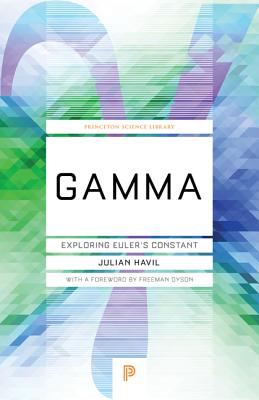Expedite your nonfiction book discovery process with Readara interviews, summaries and recommendations, Broaden your knowledge and gain insights from leading experts and scholars
In-depth, hour-long interviews with notable nonfiction authors, Gain new perspectives and ideas from the writer’s expertise and research, Valuable resource for readers and researchers
Optimize your book discovery process, Four-to eight-page summaries prepared by subject matter experts, Quickly review the book’s central messages and range of content
Books are handpicked covering a wide range of important categories and topics, Selected authors are subject experts, field professionals, or distinguished academics
Our editorial team includes books offering insights, unique views and researched-narratives in categories, Trade shows and book fairs, Book signings and in person author talks,Webinars and online events
Connect with editors and designers,Discover PR & marketing services providers, Source printers and related service providers

Gamma: Exploring Euler's Constant
Mathematics > History & Philosophy
- Princeton University Press
- Paperback
- 9780691178103
- 8.4 X 5.5 X 0.9 inches
- 0.65 pounds
- Mathematics > History & Philosophy
- (Single Author) Asian American
- English
Readara.com
Book Description
Among the many constants that appear in mathematics, π, e, and i are the most familiar. Following closely behind is y, or gamma, a constant that arises in many mathematical areas yet maintains a profound sense of mystery.
In a tantalizing blend of history and mathematics, Julian Havil takes the reader on a journey through logarithms and the harmonic series, the two defining elements of gamma, toward the first account of gamma's place in mathematics.
Introduced by the Swiss mathematician Leonhard Euler (1707-1783), who figures prominently in this book, gamma is defined as the limit of the sum of 1 + 1/2 + 1/3 + . . . Up to 1/n, minus the natural logarithm of n--the numerical value being 0.5772156. . . . But unlike its more celebrated colleagues π and e, the exact nature of gamma remains a mystery--we don't even know if gamma can be expressed as a fraction.
Among the numerous topics that arise during this historical odyssey into fundamental mathematical ideas are the Prime Number Theorem and the most important open problem in mathematics today--the Riemann Hypothesis (though no proof of either is offered!).
Sure to be popular with not only students and instructors but all math aficionados, Gamma takes us through countries, centuries, lives, and works, unfolding along the way the stories of some remarkable mathematics from some remarkable mathematicians.
Author Bio
Julian Havil is the author of John Napier: Life, Logarithms, and Legacy; The Irrationals: A Story of the Numbers You Can't Count On; Impossible? Surprising Solutions to Counterintuitive Conundrums; Nonplussed! Mathematical Proof of Implausible Ideas; and Gamma: Exploring Euler's Constant (all Princeton). He is a retired former master at Winchester College, England, where he taught mathematics for more than three decades.
Source: Princeton University Press
Videos
No Videos
Community reviews
No Community reviews

